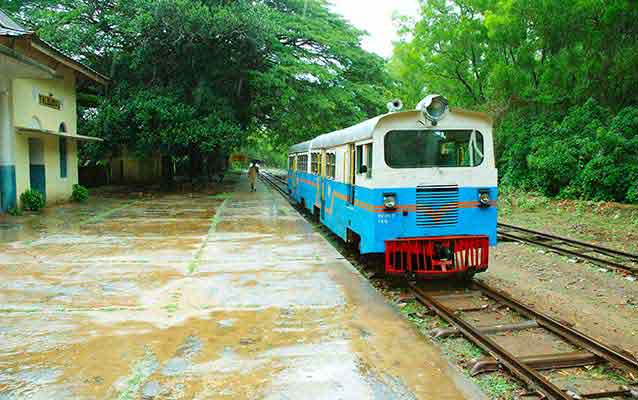MBA case study: Indian Railways’ turnaround story
Indian Railways (IR) is considered amongst the top five railway networks in the world. IR is the largest organisation in India. The principal publics transport accounts for nearly one percent (1%) of the Gross Domestic Product (GDP) of the country With a capital investment of 55,000 crores, the railways are now valued at 350 thousand crores (from 2007- 2015). Railways is a departmental activity of the Government of India (GOI) and plays a pivotal role in development of Indian economy.
This giant department was not huge and fascinating as always. The history of Indian Railways is marked with black holes. There was a time when IR has to undergo some financial loses. In late 1990s, IR faced severe financial crisis, leading towards bankruptcy. The growth of rate of freight cargo transportation fell to an average of 1.86% during 1992 to 1999 from 5.33% between 1984 and 1991.
To take a closer look at the matter, the GOI appointed the Rakesh Mohan Committee (RMC) which studied IR for almost two years.
As they say, good days always return after bad days. IR witnessed tremendous success after recovering from the financial crisis. IR turnaround began when the fund balance improved from a low of Rs 149 crores (1999) to Rs 5228 crores by the end 2004 and over Rs 12,000 crores by the end of 2006.
The turnaround of IR was attributed to two factors — good luck and good management.The results of turnaround were:
• The total revenues increased by a significant percentage
• The net revenues moved upwards substantially
Determinants of the Turnaround
Freight earnings: The increase in earnings was due to increase in railway freight such as coal, raw material for factories, iron ore, fertilizers, etc.
Passenger earnings: Running of additional trains, adding extra coaches to existing trains, etc were few initiatives to increase in passenger earnings. Also, better service to passengers was targeted for improvement in IR.
Other earnings: Initiatives to attract private parties to utilise IR for market opportunity were made. The loopholes in parcel servicing, catering services for passengers and the advertising zone was enabled proactively to take IR from dark days to better days.
Improved Services: passenger services, catering services, etc. were improved to satisfy passengers and expect larger turnout of passengers travelling by IR.
With the strategy of higher volumes in freight rates, passenger services and lowering the unit cost was successful for IR turnaround. Also, outsourcing through public private partnership was adopted and retailing was replaced with wholesaling.
The credit for bringing back good days is given to leadership style of Lalu Prasad Yadav, the then railway minister. The common sense based approach adopted by Yadav’s government worked well. Understanding the market reality and needs were their best part. The capabilities of IR were studied and changes were made in its management. Yadav’s principals of delegation, empowerment and leveraging the assets (“milk the cow fully”) has demonstrated a good economy with positive turnaround.
Following were the elements of Yadav’s approach:
Image building: This was Yadav’s first big stint at national level post the fodder scam. Achievements of the railways were regularly highlighted in the press / media by the government.
Caring attitude: The caring attitude of Yadav for IR’s staff and unions proved beneficial for the government. He believed in serving the best to his staff and union.
Direct approach: Direct communication with General Managers, setting and enforcing plans also worked well for the government.
Non-interfering: Yadav was appreciated by IR’s ex-board members as non-interference, sets goals and expects results. These qualities allowed him to set a strong position in the government and expect positive results.
As it is mentioned before, along with good luck IR had Yadav’s good management. The market situations were in Yadav’s favour and which resulted in IR’s turnaround from financial crisis to profit generating organization. The strategies laid by Yadav proved favourable to IR. The right moves helped IR take the turnaround and maintain the Decorum while trying to increase the revenue.

